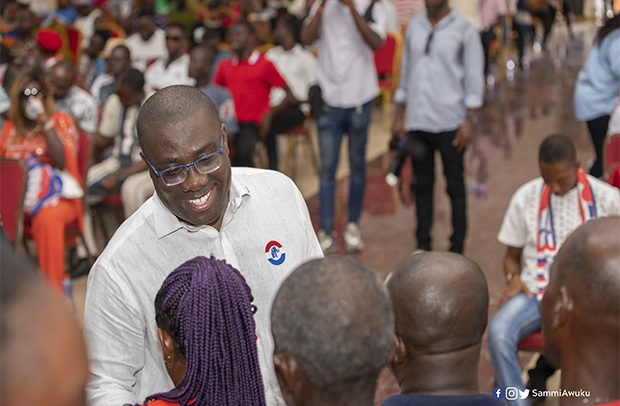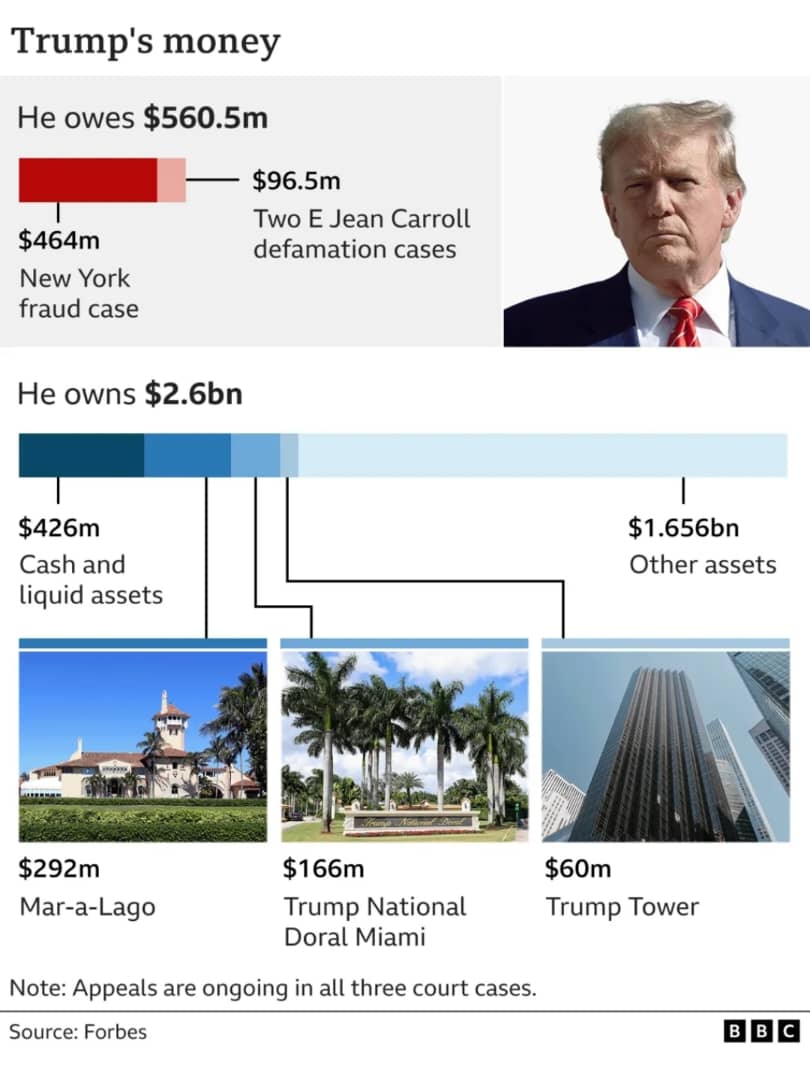
By Joshua AMLANU & Ebenezer Adjei NJOKU
The domestic fixed income market is expected to experience slower yield compression in second-half 2025, as policymakers balance disinflation gains with need to sustain investor confidence ahead of a planned re-entry to the domestic bond market.
According to Databank’s H2 2025 Market Outlook, Treasury bill yields – which fell sharply in the first six months of the year – are likely to decline at a more measured pace in coming months.
The report warns that sustained demand for Bank of Ghana (BoG) open market operations (OMO) and high-yielding fixed deposits could divert funds away from government securities, prolonging the trend of missed auction targets.
“The Treasury has signalled its desire to push short-term yields closer to a single digit by year-end, but the pace of compression will slow as alternative instruments remain attractive,” Databank noted.
Recent movement
Government’s most recent Treasury bill auction on August 22 saw the 91-day bill rise to 10.42 percent from 10.14 percent the previous week, while the 182-day bill edged up to 12.39 percent from 12.23 percent. In contrast, the 364-day tenor slipped to 13 percent from 13.09 percent.
Government sought to raise GH¢6.43billion and attracted bids of GH¢5.82billion, ultimately accepting GH¢5.75billion – about 90 percent of its target. That marked a significant improvement on the prior auction, which achieved just 64 percent of its goal. Demand was again concentrated at the short end, with the 91-day paper accounting for roughly 70 percent of sales compared with 23 percent for the 182-day and only 7 percent for the one-year.
Investor appetite continues to be shaped by competition from the central bank’s 56-day bills, which are priced close to the 25 percent Monetary Policy Rate. Even so, improving macroeconomic conditions including fiscal restraint, a relatively stable cedi and inflation at 12.1 percent in July are helping to sustain participation in government securities, Databank stated in a separate note.
Front-end dynamics
The latest developments come after an unprecedented easing at the short end of the curve in first-half 2025. By end-June, the 91-day Treasury bill yield had fallen to 14.69 percent, down more than 13 percentage points since December. The 182-day and 364-day bills recorded similar declines, closing at 15.25 percent and 15.66 percent respectively.
Despite total bids of GH¢206.96billion across the 91-day to 364-day maturities in H1, coverage ratios weakened – averaging 0.98 times against targets and 0.85 times against maturities. Market participants attributed the shortfalls to waning appetite as yields trended lower.
BoG’s monetary stance further complicated the Treasury’s position. Although headline inflation has been easing, the policy rate remains high. With OMO bills offering competitive short-dated tenors, commercial banks and institutions have had a more rewarding alternative to Treasury bills.
Liquidity and secondary market shifts
Trading activity improved markedly in the first half with secondary market turnover climbing to GH¢26.9billion, up 40.3 percent from a year earlier. The gains reflected improved price discovery beyond the 2026 maturities and a slow but notable return of real-money investors. Nonetheless, repos continued to dominate flows, underscoring the fragility of cash-market liquidity.
Databank expects sovereign re-ratings and government’s commitment to honouring obligations will further narrow bid-ask spreads in the coming months, which could draw more offshore and domestic participation into the secondary market.
Bond market re-entry
The Treasury has outlined plans to re-enter the primary bond market in second-half of the year, beginning with appointment of bookrunners in August. Officials will expectedly prioritise distribution strength and pricing capability to ensure smooth issuance.
Market watchers caution that the programme’s success will hinge on two factors: that is, pace of policy rate adjustments and the ability of yields to stabilise at levels attractive to both domestic institutions and offshore investors.
Barbell approach
Broadly, experts have recommended a barbell approach, combining short-term exposure to OMO bills and selective positioning in longer tenors.
This comes as the front end continues to offer superior carry relative to Treasury bills, while the belly and long end of the curve may deliver incremental gains as spreads tighten and liquidity deepens.
The broader challenge, they say, lies in balancing near-term financing with medium-term credibility. Treasury officials remain intent on lowering borrowing costs, but the market is signalling caution as investors weigh returns against policy risks.
“Yield compression has been swift and dramatic in the past year, but the low-hanging fruit is gone. Further declines will be incremental, dependent on stable inflation, credible issuance and continued improvement in market depth,” Databank pointed out.
The next Treasury sale is scheduled for August 29 with a target of GH¢6.72billion across all maturities.
The post Yield compression slow down to persist in 2H25, as Treasury prepares bond market return appeared first on The Business & Financial Times.
Read Full Story

















Facebook
Twitter
Pinterest
Instagram
Google+
YouTube
LinkedIn
RSS